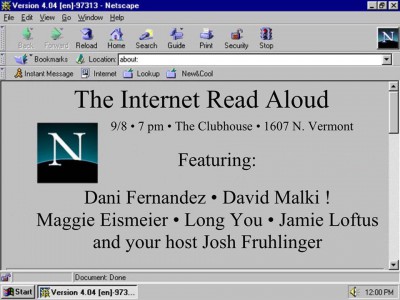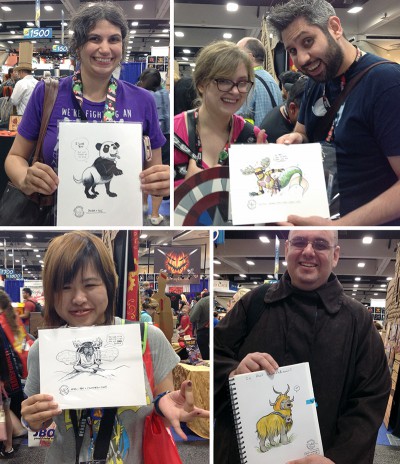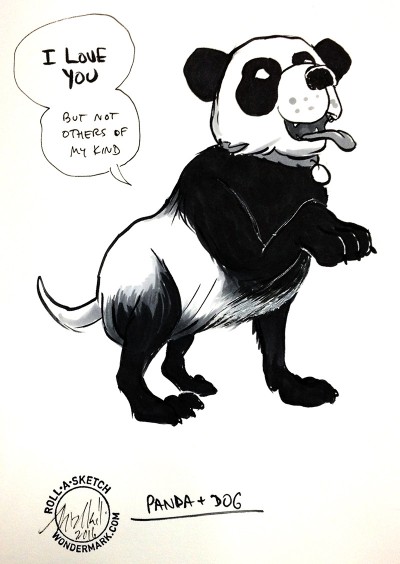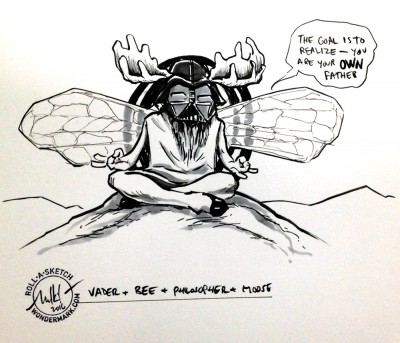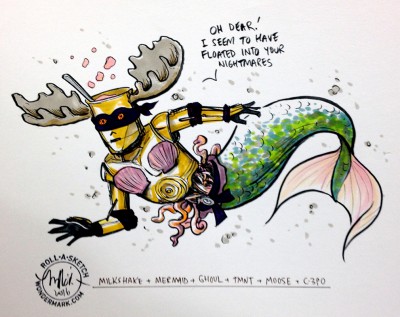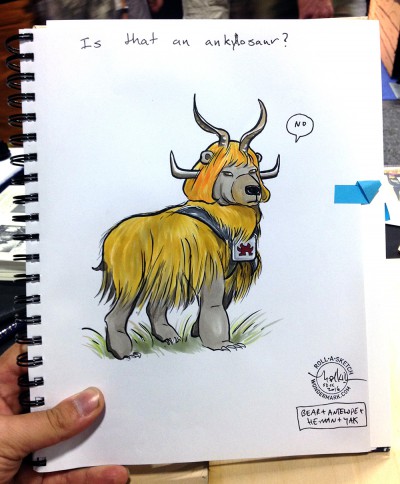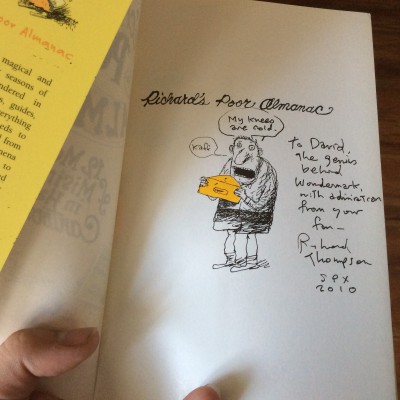Thanks to everyone who entered our latest caption contest! I had a lot of fun reading all the entries, and it was very hard to choose winners, as is always the way of these things. For future reference, the captions were entered on the Wondermark Facebook page, and there were also some in the comments on this post.
Common themes this time around included: the dromedary as stork delivering a baby; puns on “animal magnetism” or “attraction”; mentions of Insane Clown Posse (“magnets, how do they work?”); references to Camel cigarettes or “Arabian” things like shawarma; proverbs about passing through the eyes of needles; instructions to plant the child at some specific spot in the garden; robots; and long Dickensian dialogues.
That all being said, please enjoy some, in no particular order,
HONORABLE MENTIONS
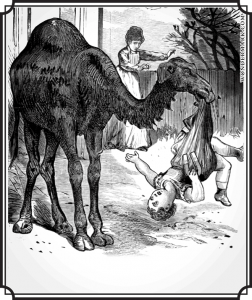
“Mabel had a knack for getting out of her chores.”—Graham Bird
“I’ve told you before! Milkshakes bring boys to the yard.”—Gedbury of Slacks Creek
“I’m terribly sorry madam, sometimes the stork delivers the wrong ones. Thank you for keeping the receipt.”—David Ault
“Back off, Ermengarde, I got this.”—Francis Heaney
“I hate the packaging on these things.”—Pan Outeast
“Stand back, Helen! The bastard still has my ball bearings and I’ve finally got him right where I want him!”—Chuck Jordan
“Is that my good magnet? Are you using my good magnet again?!”—Erik Deckers
“Its budget dwindling rapidly, the BBC production of Moby Dick was forced into increasing levels of abstraction.”—Jorpho
“Dammit, woman, don’t try to stop me! This is science!”—Kristan Wheaton
“My real dad lets me play with magnets whenever I want!”—Alex S.
“And with Mother’s return, the situation went from bad to worse.”—Collin Voyles
“Technical foul. Lose one quarter furlong.”—Doug Zimmer
“Get in the car. No time to explain.”—Shawn LeBlanc
“Wait! I want to change my vote!”—David Tresner-Kirsch
“The view from here is much improv’d:
It is two-toed, not cloven-hooved!”—Pan Outeast
FINALLY, HOWEVER…
…A reminder! Last caption contest, we instituted a rule that we would ALSO consider, as an exhibition entry, a line of dialogue from the current “Garfield”. Which, for the day the contest ended (July 12th), gives us:
“How’s the summer treating you?”
[Hold for polite applause.]
Now, without further ado, or distracting reminders to
come visit me at the San Diego Comic-Con this week, at booth #1229…
THE WINNER:
Read more

